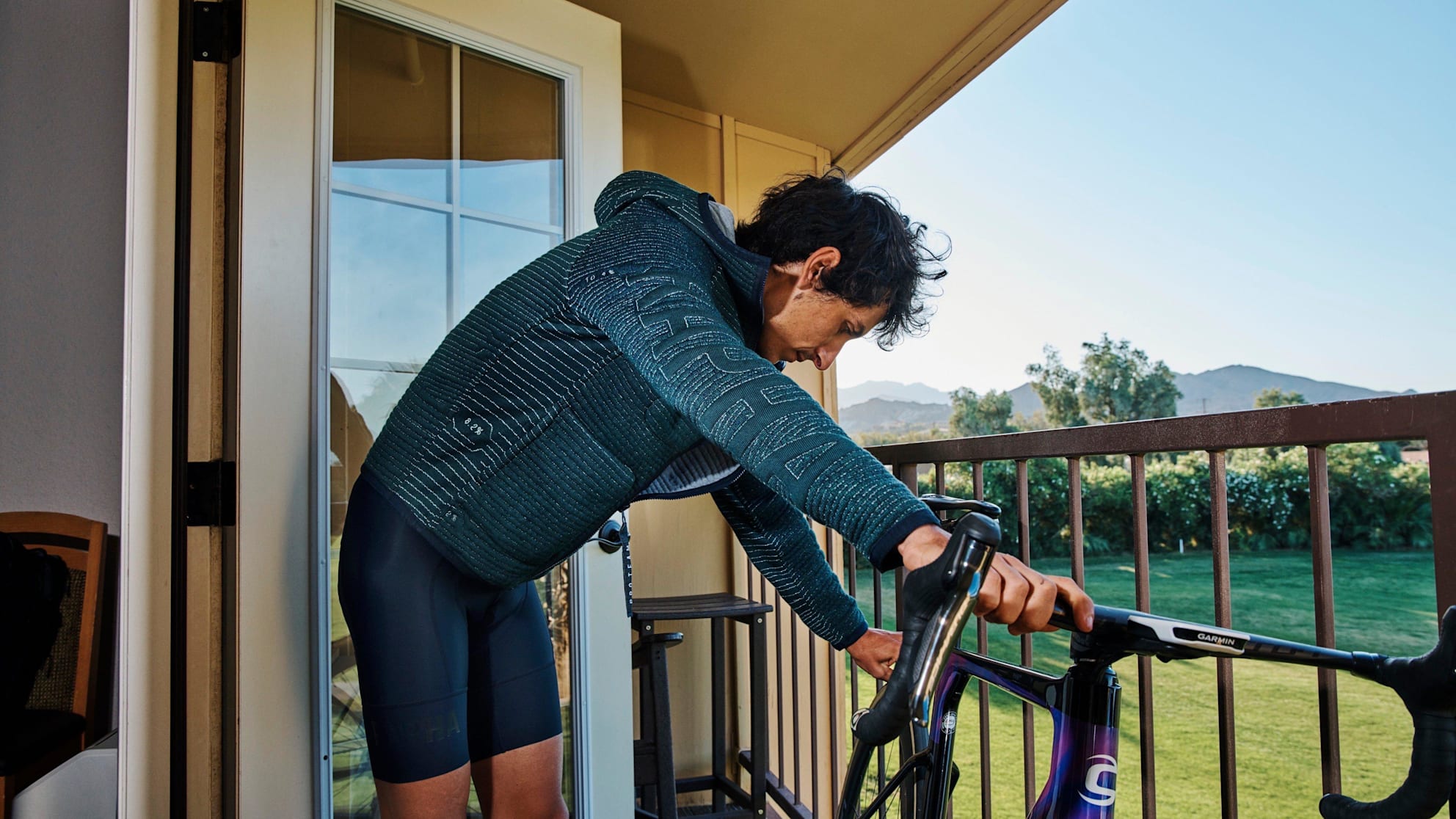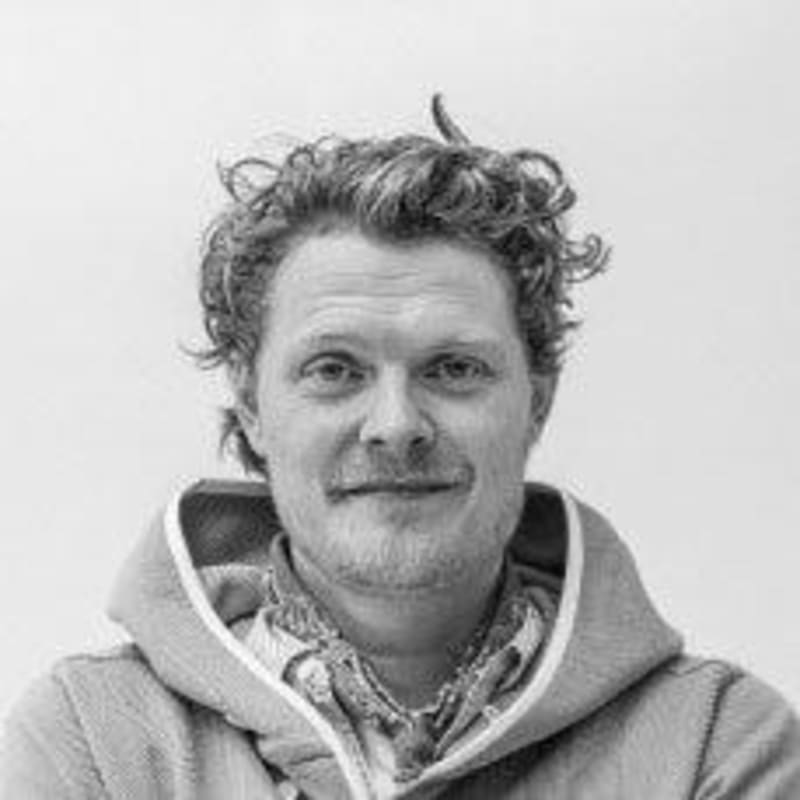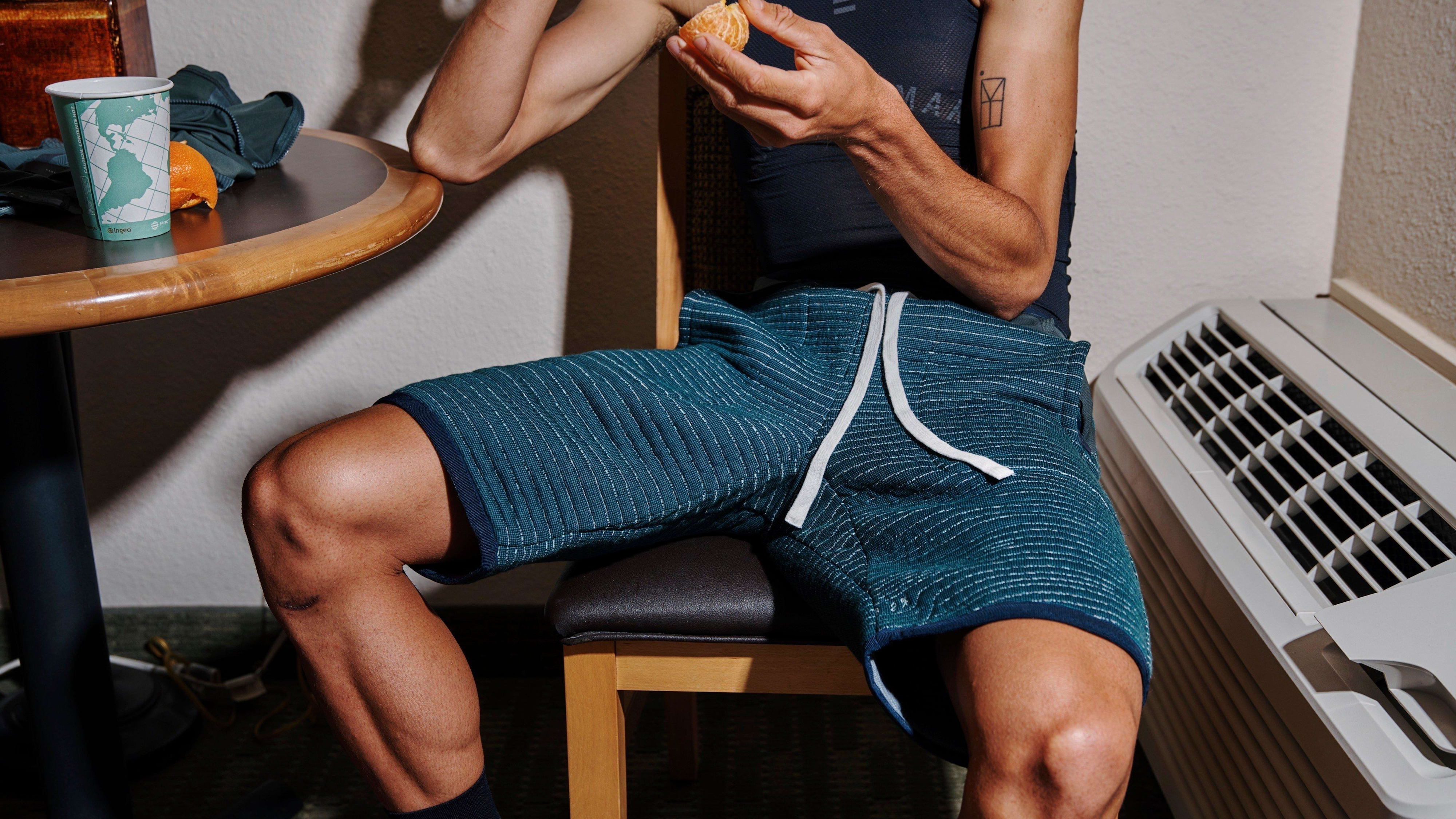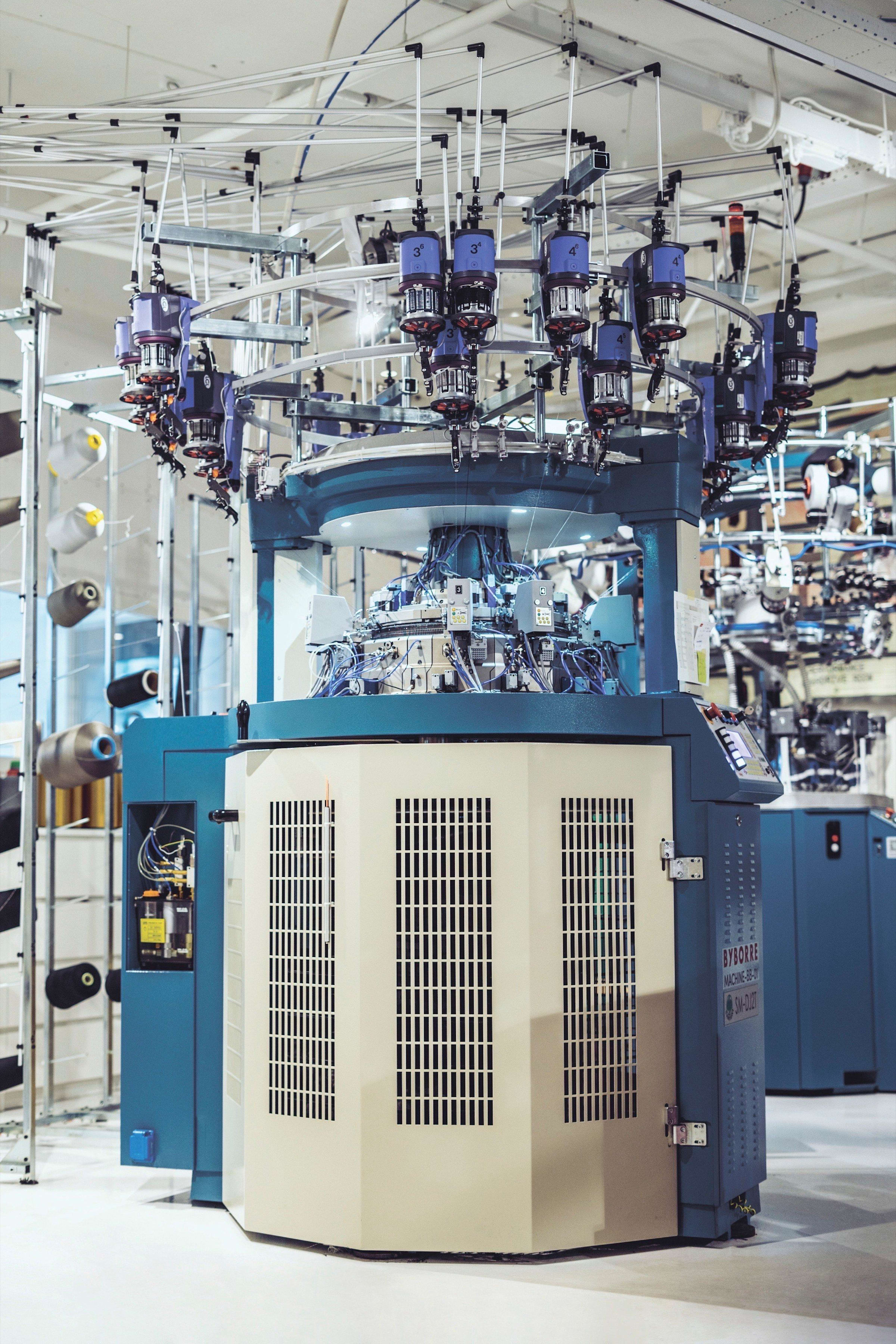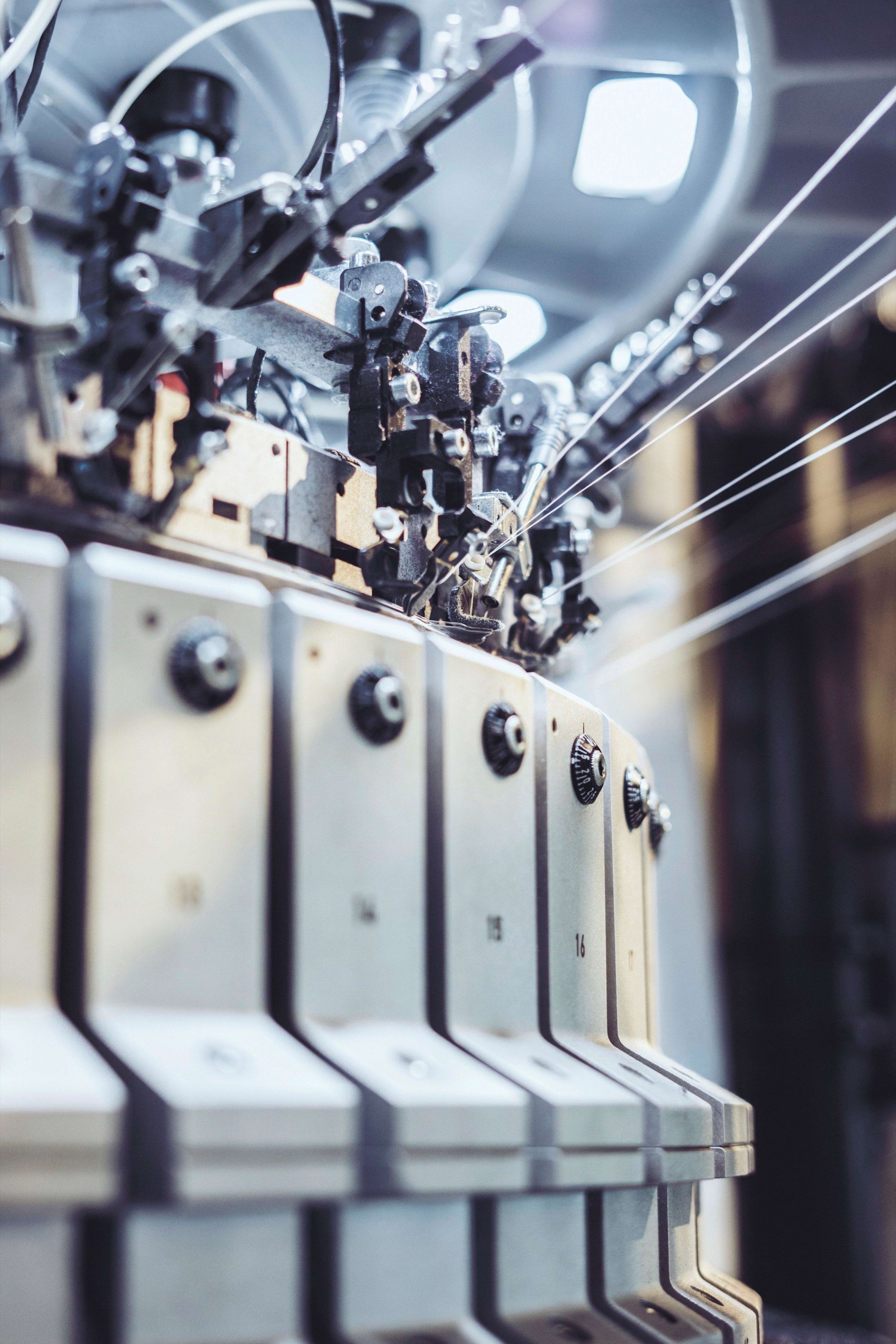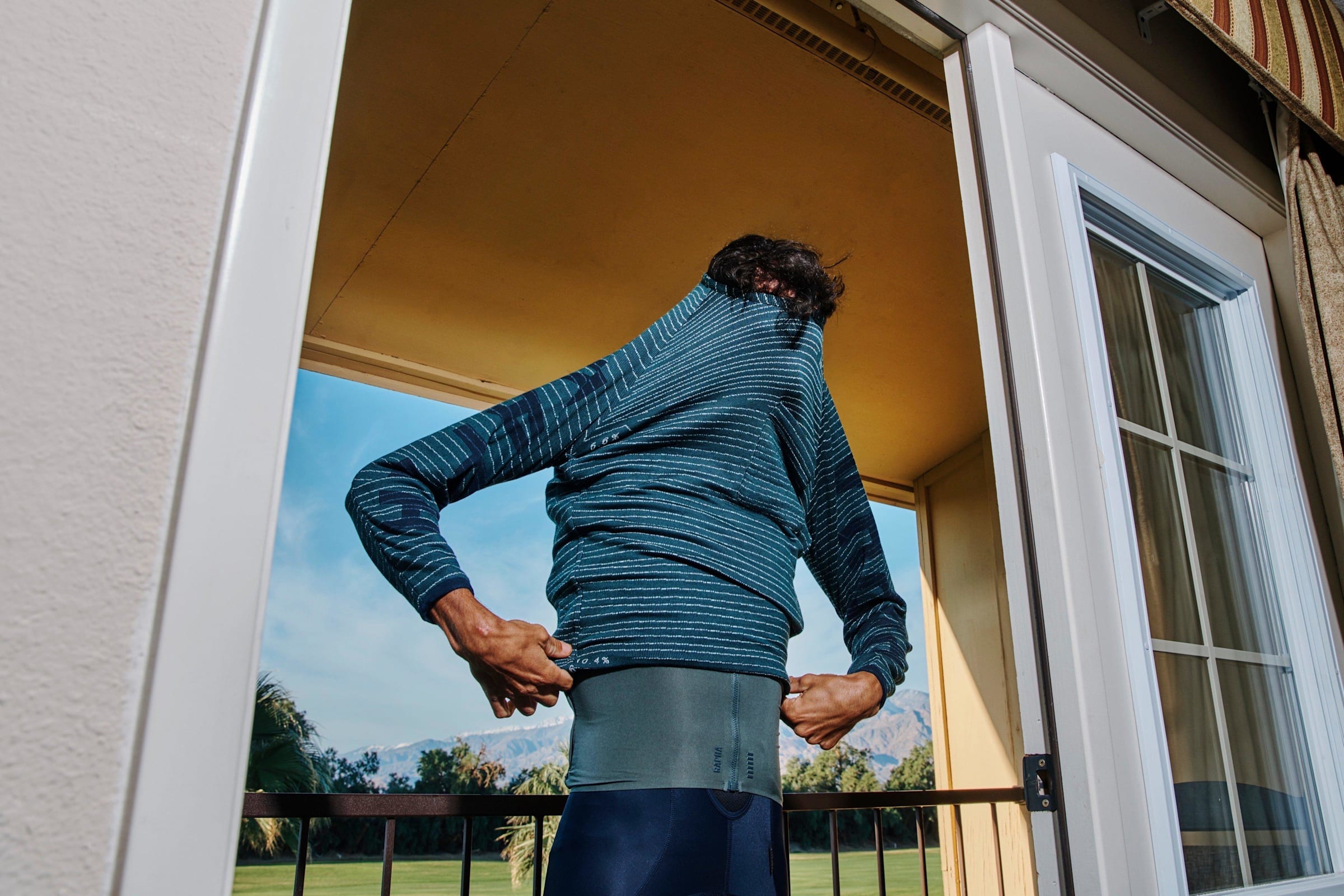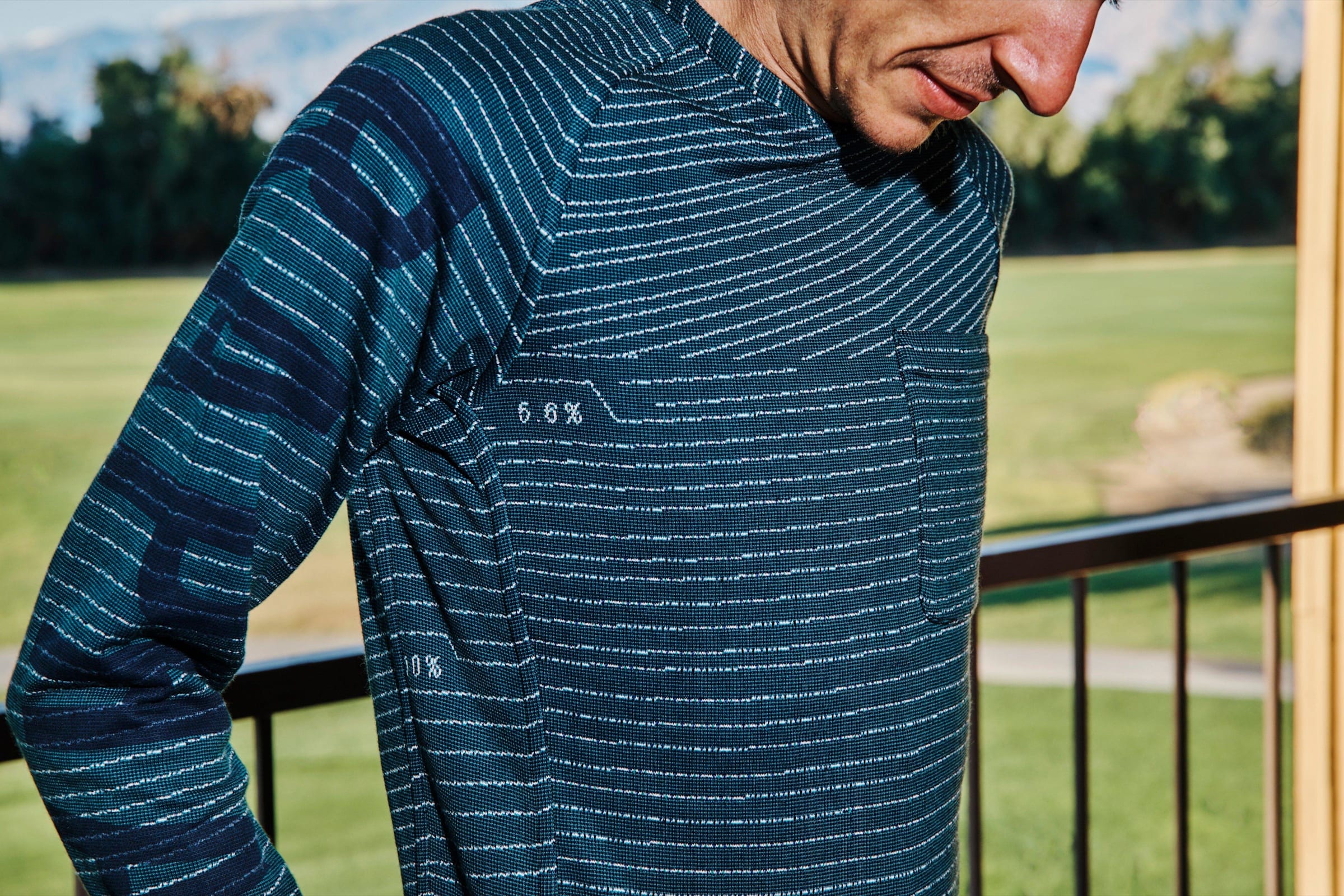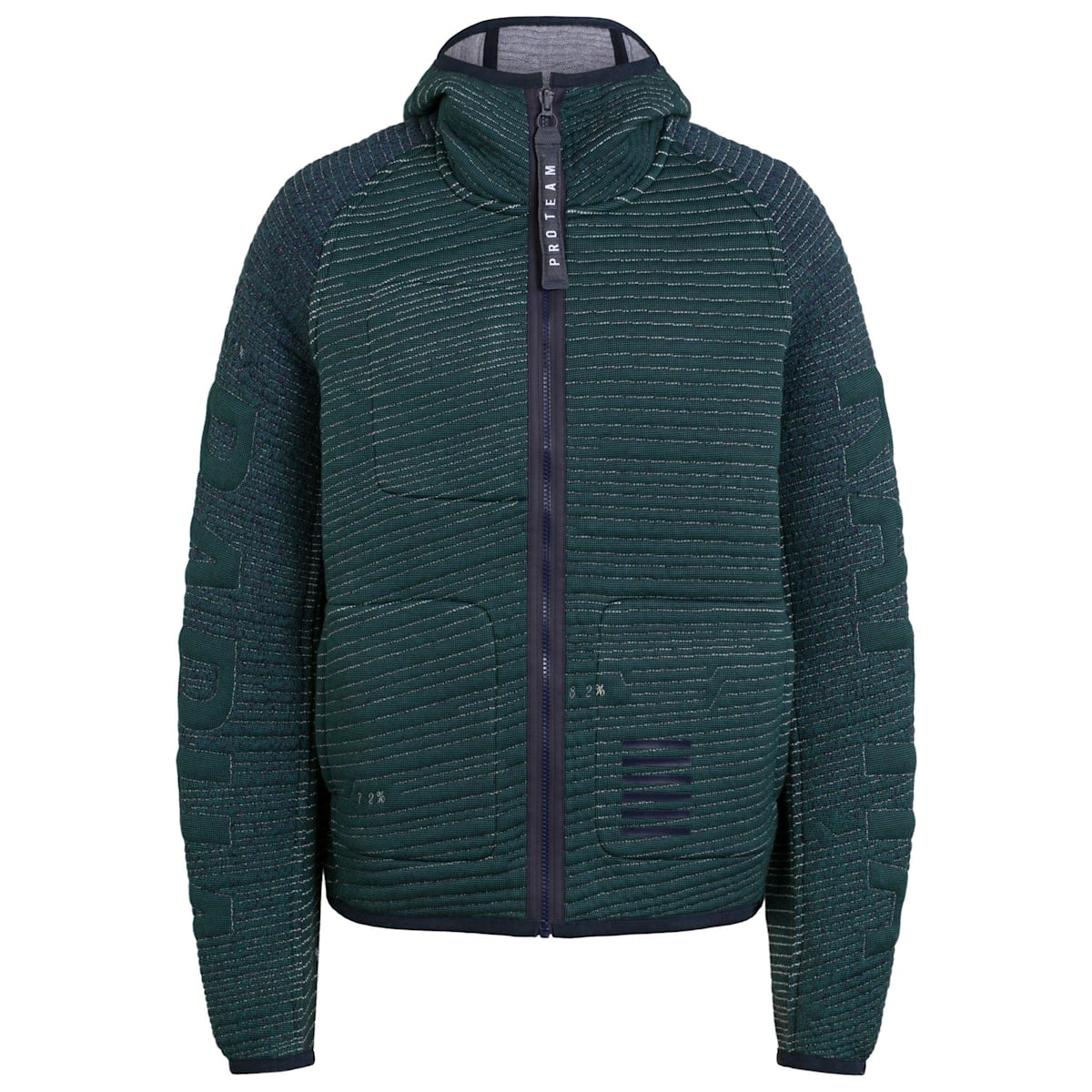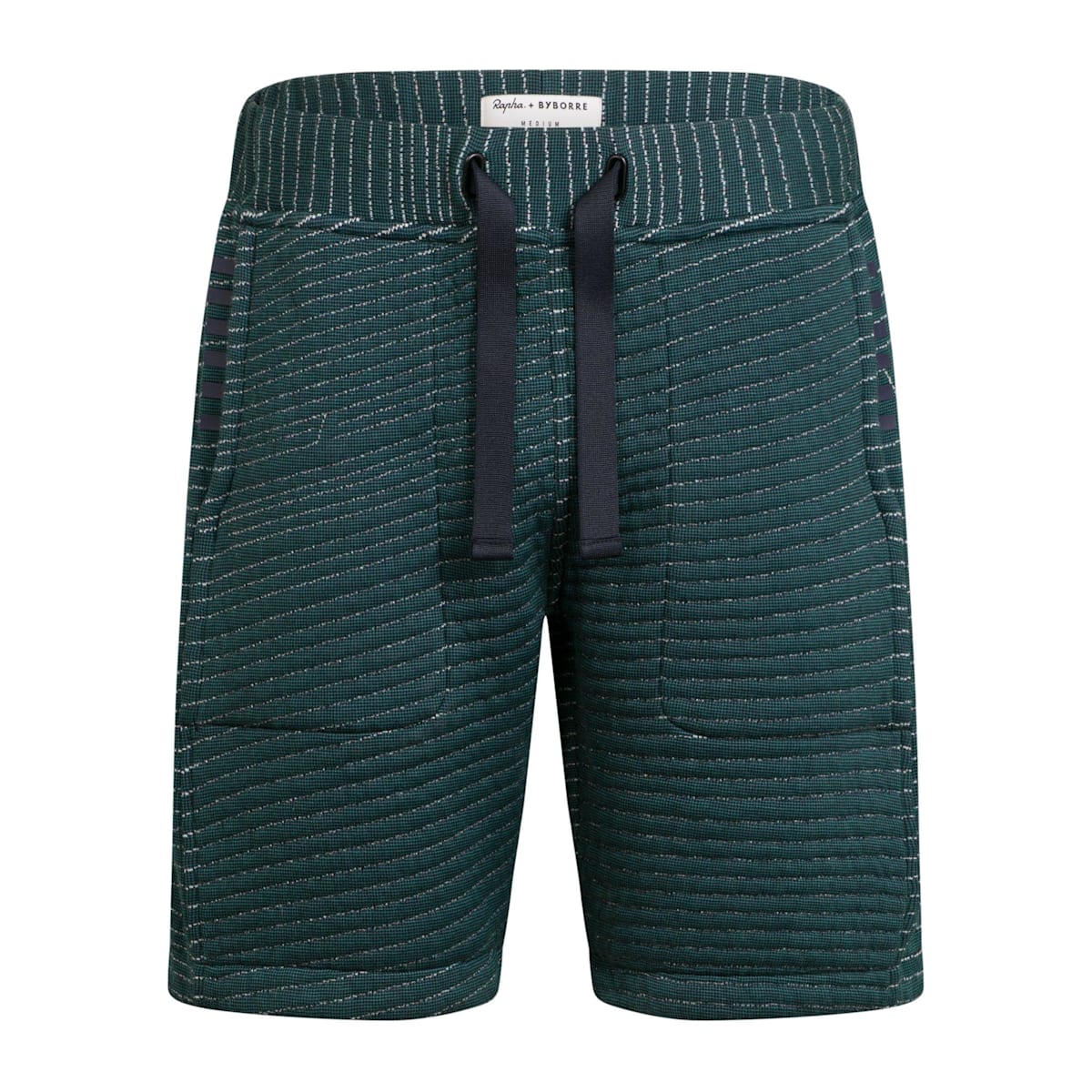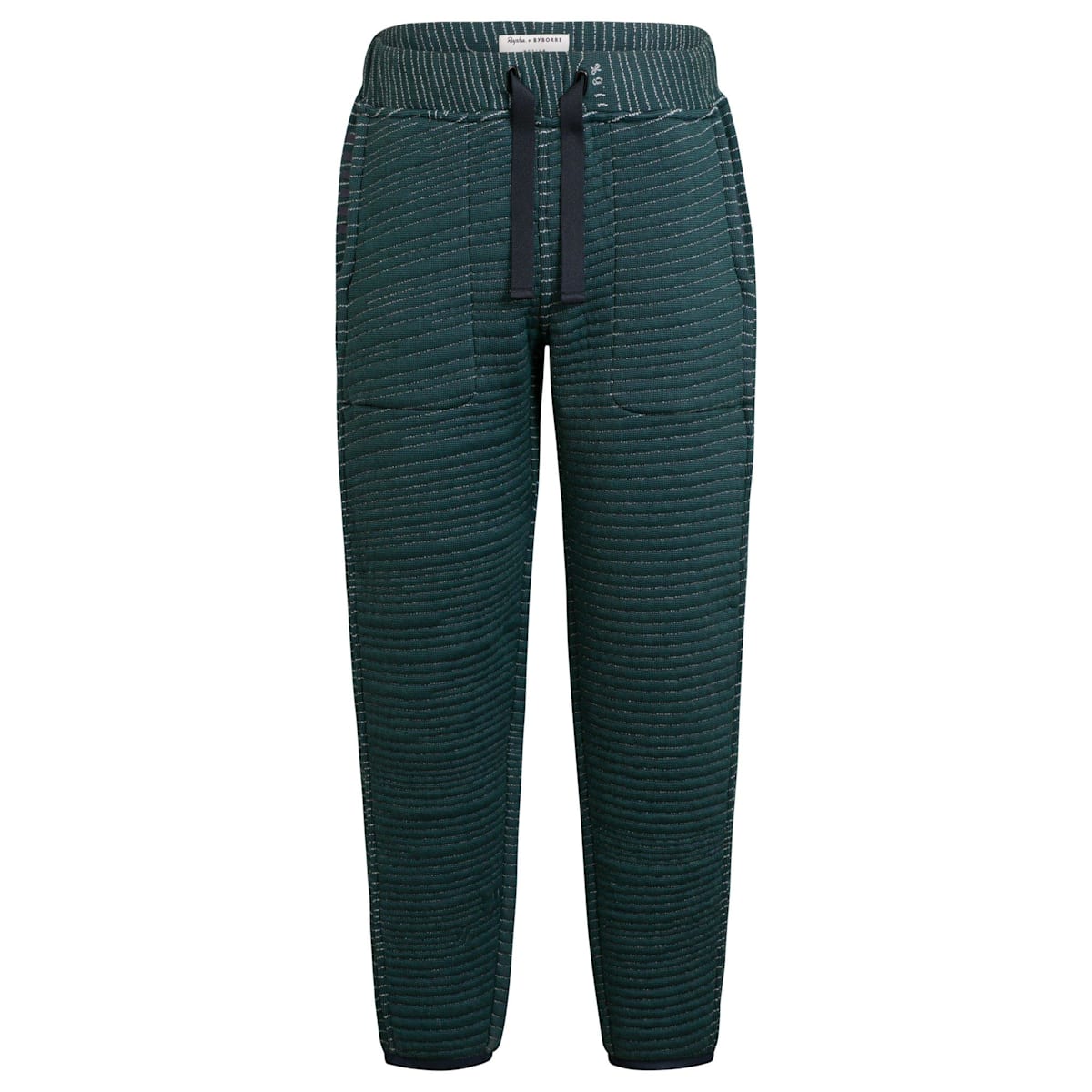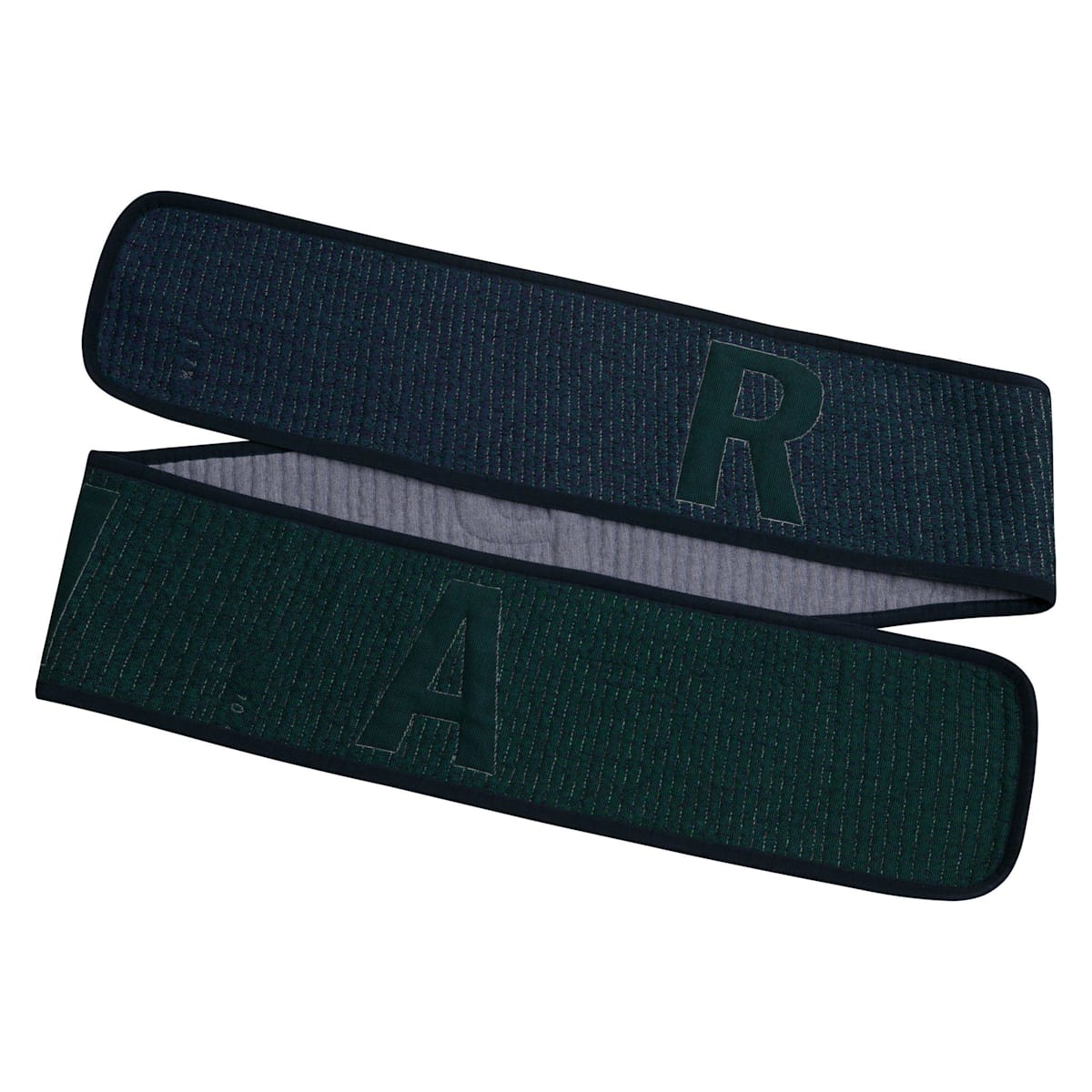I first studied industrial design before enrolling at the Eindhoven Design Academy where the schooling was very much focussed on product design. After graduating, I took a year out to go to the Fashion Institute of Technology in New York too and then moved to Paris to work as an intern at Trend Union, a trend forecasting agency run by Lidewij Edelkoort. It was while I was working there I began developing my first textiles, eleven years ago.
How did you get started in engineered knit technology?
I first had the chance to experiment with industrial knitting machines while studying in Eindhoven. I noticed that in most commercial settings these machines are forced to run at top speed to maximise production. There is little room for innovation and testing. Around the same time, it became apparent to me that every good product starts with a very good base material. If you don’t understand how you can source, create and develop base fabrics, you can design the most beautiful objects and still end up with a substandard product.
It was this that made me want to play around with textile machines, to hack the software, change the hardware and take full control. Only when you are able to change the knitting machines do you have full control of your fabric.
